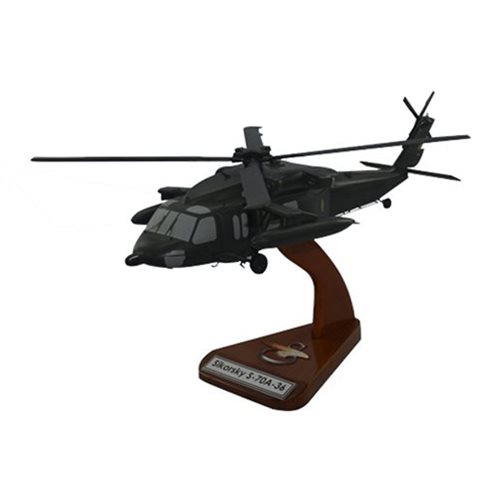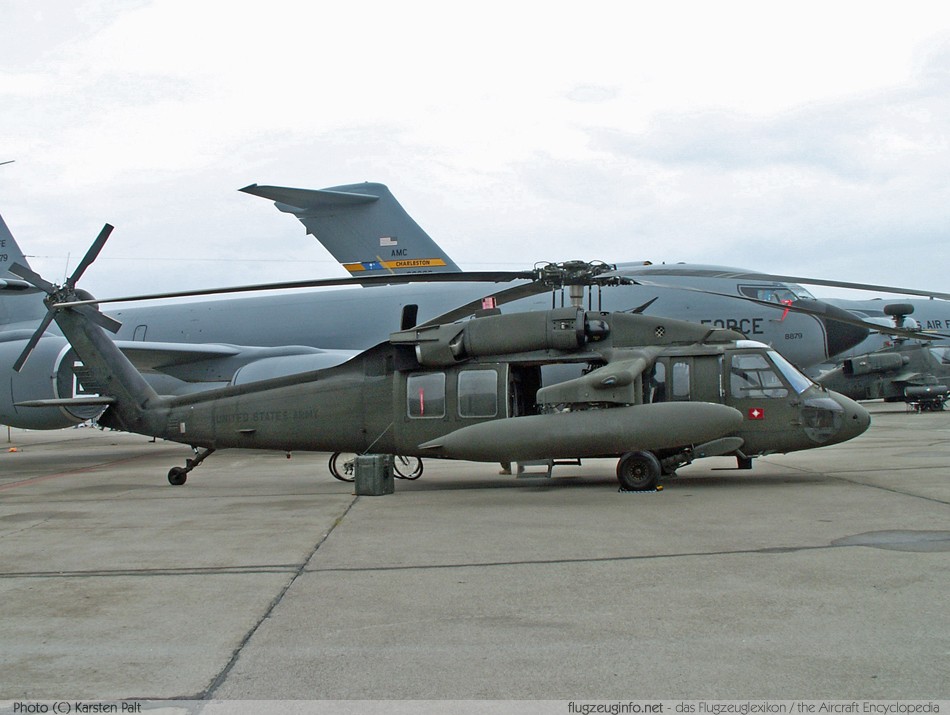Top Functions and Benefits of the Sikorsky S 70 Helicopter
High-Performance Multi-Role Rotorcraft Featuring Advanced Cockpit Technologies and Integrated Sensing Unit Equipments
The world of rotorcraft technology has seen notable advancements in recent times, specifically in the world of high-performance multi-role rotorcraft outfitted with innovative cockpit technologies and perfectly integrated sensing unit systems. These advancements have not just augmented the operational capabilities of rotorcraft but have also significantly influenced contemporary air travel operations on numerous fronts. From enhanced goal adaptability to enhanced functional efficiency, the convergence of advanced cockpit modern technologies and integrated sensor systems has actually ushered in a new age of opportunities for rotorcraft applications. In the following conversation, we will certainly discover the evolution of rotorcraft modern technology, explore the realm of advanced cockpit innovations, and take a look at the ramifications of integrated sensor systems on the functional flexibility and performance of modern rotorcraft.
Advancement of Rotorcraft Modern Technology
The development of rotorcraft modern technology has been marked by considerable improvements in the rules of aerodynamics, materials, and propulsion systems, forming the capabilities and performance of contemporary rotorcraft. Additionally, advancements in propulsion systems, including more powerful engines and cutting-edge propulsion innovations, have made it possible for rotorcraft to accomplish higher elevations, faster rates, and greater hauls.
These innovations have not just changed the capacities of rotorcraft but have actually also increased their applications throughout different industries, consisting of army, business, and emergency situation solutions. The continuous advancement of rotorcraft modern technology remains to drive innovation in the area, pressing the limits of what is feasible and forming the future of vertical trip.
Advanced Cockpit Innovations
Structure upon the fundamental developments in aerodynamics, materials, and propulsion systems, the world of rotorcraft innovation now changes focus in the direction of pioneering Advanced Cabin Innovations. The combination of advanced modern technologies within the cockpit setting plays an important role in improving the functional abilities, safety and security, and efficiency of modern-day rotorcraft. sikorsky s 70. Advanced Cabin Innovations include a vast range of attributes designed to supply pilots with boosted situational understanding, structured information management, and user-friendly control user interfaces
Among the essential improvements in cabin design is the application of glass cabins, which replace conventional analog assesses with high-resolution displays. These digital systems use personalized layouts, real-time data combination, and boosted readability, enabling pilots to gain access to vital details at a glance. Additionally, progressed avionics systems, such as fly-by-wire controls and enhanced reality screens, are reinventing how pilots engage with the airplane, enabling for specific control and improved decision-making capacities.


Integrating advanced cabin advancements not only enhances pilot efficiency but additionally adds to overall goal performance and security in complex operational settings. By leveraging state-of-the-art modern technologies within the cockpit, rotorcraft manufacturers are establishing new criteria for operational quality and mission success.
Integrated Sensing Unit Systems
With the advancement of rotorcraft technology, the assimilation of advanced Integrated Sensing unit Systems has actually become extremely important in improving functional effectiveness and safety. These Integrated Sensing unit Equipments include a wide variety of technologies that give critical information for numerous functions such as navigation, security, targeting, and environmental tracking. By flawlessly integrating sensors like radars, electronic cameras, lidar, and infrared systems into rotorcraft, operators can gain from improved situational awareness, improved goal capabilities, and minimized pilot work.
One trick advantage of Integrated Sensor Solutions is their capacity to collect real-time information and provide actionable insights to pilots and objective drivers. For instance, advanced radar systems can spot and track targets over cross countries, enabling early risk detection and efficient action preparation. In addition, incorporating electro-optical and infrared cams allows rotorcraft to carry out reconnaissance and monitoring objectives with accuracy and precision.
Basically, click over here the assimilation of advanced sensor technologies into rotorcraft not only enhances operational effectiveness but also contributes significantly to overall mission success and staff safety and security. As rotorcraft proceed to progress, the function of Integrated Sensor Equipment will most certainly stay at the center of innovation in the aerospace sector.
Functional Convenience and Performance
Enhancing operational convenience and performance in rotorcraft is an all-natural progression from the integration of advanced Integrated Sensing unit Solutions. By leveraging the data and insights offered by these advanced sensing unit systems, rotorcraft can enhance their performance throughout various missions and settings.
Operational versatility incorporates the capability of rotorcraft to adapt to various roles and circumstances effectively. With advanced cabin innovations and incorporated sensor systems, rotorcraft can seamlessly change between jobs such as search and rescue, medical discharge, monitoring, and more. This convenience improves the rotorcraft's capacity to satisfy varied operational demands without requiring considerable reconfiguration.
Effectiveness in rotorcraft procedures is important for maximizing objective effectiveness and resource utilization. Integrated sensing unit systems play a critical duty in enhancing operational performance by providing real-time data on climate conditions, terrain mapping, target monitoring, and more. This data makes it possible for pilots to make informed decisions quickly, enhance trip courses, conserve fuel, and improve general goal productivity.
Influence On Modern Air Travel Workflow

Additionally, the integration of advanced sensors facilitates boosted objective preparation and execution, enabling rotorcraft to do a vast array of tasks with enhanced accuracy. From search and rescue operations to airborne firefighting and check my reference police goals, the abilities of modern-day rotorcraft geared up with innovative cockpit modern technologies and incorporated sensor systems are unparalleled.
Additionally, the impact of these innovations extends beyond functional efficiency to cost-effectiveness and sustainability. By enhancing trip routes, fuel usage, and upkeep schedules, high-performance rotorcraft furnished with innovative cockpit innovations and sensing units contribute to decreasing functional prices and ecological impact, making them vital assets in modern air travel operations.
Verdict
In conclusion, the high-performance multi-role rotorcraft with advanced cockpit innovations and integrated sensor systems stands for a substantial advancement in aviation technology. These developments improve functional adaptability and performance, inevitably impacting contemporary aviation procedures in a positive means. The integration of these innovative innovations enables enhanced capacities and efficiency in various goal scenarios, showcasing the continued improvement of rotorcraft modern technology in the aeronautics sector.
The world of rotorcraft innovation has seen noteworthy improvements in recent times, particularly in the realm of high-performance multi-role rotorcraft outfitted with sophisticated cabin innovations and perfectly incorporated sensor systems. From enhanced goal convenience to enhanced operational performance, the merging of advanced cabin modern technologies and integrated sensor systems has actually ushered in a new period of opportunities for rotorcraft applications. In the following conversation, we will certainly explore the advancement of rotorcraft innovation, delve right into the realm of innovative cockpit innovations, and check out the ramifications of integrated sensing unit systems on the operational convenience and effectiveness of modern rotorcraft.
